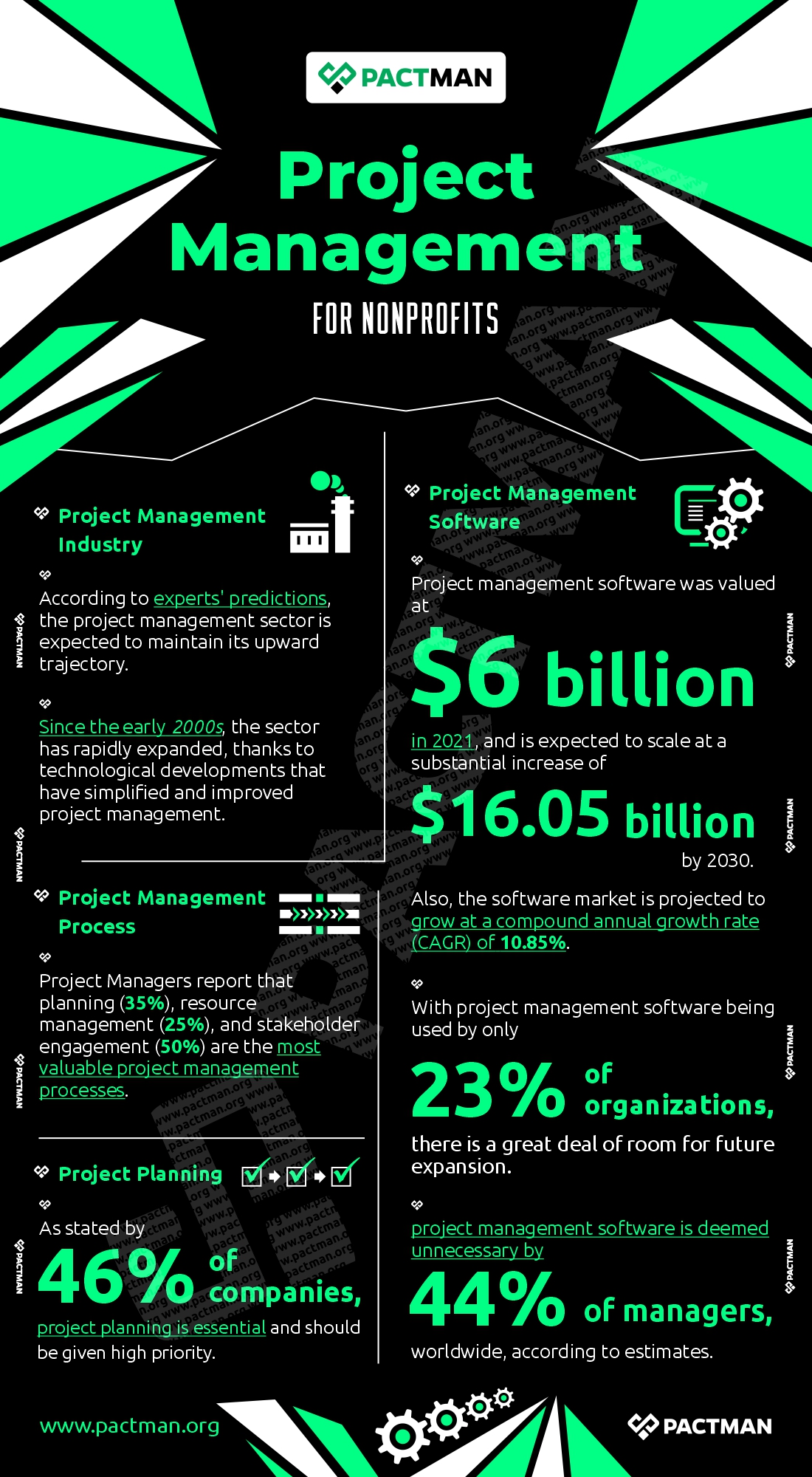I
Introduction
The problem that all grantmaking organisations face is how to provide timely and pertinent support in a world where community needs change more quickly than yearly budget cycles. Traditional philanthropy approaches often slow down impact. This often places a high priority on thorough planning and strict adherence to a static strategy.

Agile is more than just a methodology. It is a fundamental cultural and philosophical transformation. Agile project management is an iterative methodology that breaks down project delivery into manageable chunks to help get the project closer to completion. Created for software development, the Agile methodology has proven highly successful in assisting non-technical teams navigate complex, unpredictable situations.
Now more than ever, grantmaking foundations can enhance their organizational efficiency, strengthen their relationships with grantees, and ensure that every dollar invested aligns with their rapidly evolving mission priorities. By and large, this is made possible by implementing an iterative, flexible strategy.
II
Understanding the Concept of Agile Project Management
Agile Project Management, or Agile PM, is a versatile method of task management that prioritizes cooperation, iteration, and flexibility. Its ideas apply to any industry that must adapt swiftly to change.

As we all know, one of the most organized procedures in the nonprofit sector is grantmaking. Every step, from determining financial priorities to assessing applications and gauging outcomes, involves meticulous planning, recording, and assessment. Even more, emergencies like pandemics, natural catastrophes, and economic upheavals have demonstrated the need for foundations to be more adaptable, provide feedback more quickly, and work more closely with grantees. Agile project management is useful in these situations.
For the most part, there are fundamental ideas that form the basis of the Agile Project Management (Agile PM) framework:
- Cooperation: Groups and interested parties collaborate closely and communicate often.
- Flexibility: As new information becomes available, plans are periodically reviewed and modified.
- Iteration: Tasks are completed in brief, manageable intervals known as sprints, which yield progressively more valuable results.
- Transparency: Open communication and visualization of advancements and challenges.
- Continuous Improvement: At the end of each cycle, we reflect on what went well and what needs improvement.
Simply put, Agile substitutes strict planning for learning in action. As teams gain knowledge from grantees and recipients, they adjust grant projects.
III
Critical Statistics on Agile Project Management
In this section, we will consider critical statistics on the use of Agile Project Management across sectors.
a. Project Management Software
In 2021, project management software was valued at $6 billion. By 2030, that amount is predicted to rise significantly to $16.05 billion. Also, it is anticipated that the software market will expand at a compound annual growth rate (CAGR) of 10.68%.
Presently, there is a lot of space for future growth, as only 23% of organizations currently use project management software. However, according to estimates, 44% of managers globally believe that project management software is useless.

b. Project Management jobs
According to PMI’s recent Talent Gap report, project managers will need 2.3 million workers every year to cover unfilled jobs. Additionally, 87.7 million project management jobs would be required globally by 2027. This translates into additional work opportunities for project managers.
Remote project management is here to stay, as seen by the 91% of teams that report adopting virtual solutions for project management. This trend is likely to become more popular in the upcoming years. Furthermore, 69% of organizations place a high priority on developing project management skills to improve performance.
c. Project Completion
According to the PMI Pulse of the Profession study, 89% or more of projects are finished on time, under budget, and in accordance with scope in high-performing organizations. This illustrates how important effective project management is to achievement. Also, 43% of organizations reported that they frequently or consistently finish their projects on time and within budget.
d. Project Failure
67% of project failures are caused by insufficient attention to project management. Project failures most often occur for three reasons: unclear goals or objectives to measure success, poor communication, and inadequate planning (37%).
Also, investments in project management result in 28 times more savings for organizations than for those who don’t.
IV
How to Transform the Grant Lifecycle Process with Agile Practice
Despite the methodical approach of agile project management, it may take months or even years to see benefits. Hence, the foundation may not be able to adjust swiftly if circumstances alter, such as when a new community need emerges. In agile grantmaking, responsiveness takes the place of this rigidity. It enables donors and grantors to:
- Respond more quickly to new needs.
- Engage grantees at all times, not only during the reporting and proposal stages.
- Test minor concepts before investing significant funds.
- Boost accountability by keeping track of progress in plain sight.
- Encourage donors and partners to share knowledge.

Agile methods can be used methodically throughout the grant lifecycle, from setting broad goals to carrying them out quickly.
1. The Funding Goal (The Agile Start)
Goal clarity cannot be compromised, even in an adaptable framework. Both program personnel and grant seekers will find the process more efficient if a defined grant purpose is established and clear instructions for eligibility and evaluation criteria are developed.
Also, the grant application process itself can be iteratively controlled to establish agility early. One flawless, final proposal is not mandatory. Rather, the process can be segmented into smaller, more manageable steps or iterations (e.g., V1 for original concept scope; V2 for detailed budget; V3 for final editing and submission).
Even more, the grantmaking foundation may provide the applicants with brief, quicker feedback loops thanks to this framework. It guarantees that the final submission aligns before investing a lot of time.
2. The Sprint, or iterative review and decision cycle
Scrum and Kanban should be integrated into the internal review process. To begin with, the Development Team can pull the top-priority options into a set Sprint cycle after the Product Owner ranks the backlog of pending applications. Afterwards, the team can work closely together during the Sprint, tracking progress and identifying obstacles with the use of tools like Kanban boards.
What makes iteration so powerful is gathering feedback and making quick course changes rather than waiting for the project to end. The Review Team can conduct a Sprint Review at the end of a Sprint to share its conclusions and suggestions with the Stakeholders (such as the Board or Executive Leadership).
Rapid, instantaneous decision-making should be made during the organized gathering to guarantee ongoing and on-time award distribution.
3. Relationships between Grantees and Adaptive Planning
Changing the finance system itself is the most revolutionary use of Agile. This entails implementing ideas akin to R&D or prototyping financing.
-
The Minimum Viable Grant (MVG) concept
The objective behind an MVP is to test a concept fast and with little risk in order to see if it has true potential without spending the whole budget on full development. Likewise, the philanthropic counterpart is an MVG, which is a short-term, small, low-risk fund that may range from $6,000 to $20,000 and is consistent with current agile grant models.
Testing a central premise of a broader project is the focus of this funding. By and large, this can entail proving a new program model’s first success with a target demographic.
Through MVGs, the foundation establishes a funding process that is iterative. If the first small-scale test is unsuccessful, the foundation has successfully collected data and avoided the time and expense of a full-scale pilot. Also, the foundation has collected lessons learned, validated the concept with empirical evidence, and developed a better, evidence-based specification for a future, larger award if the MVG is successful.
The predictability of success and control over financial risk are naturally enhanced by this iterative funding pathway. MVGs are frequently used in conjunction with professional methodological assistance to aid grantees in organizing their assessments and optimizing learning.
V
The Road to Implementation: How to Get Started with Agile Change
To effectively manage the technical and cultural obstacles to Agile adoption, a tiered roadmap is crucial.

1. Launch a Low Risk Pilot Project
It is strongly advised that organisations refrain from trying an enterprise-wide transformation right away. Before applying the methodology to other areas, they should first adopt agile methods for a single, new, or contained project to assess its success.
Also, the foundation should choose a modest program with a reputation for flexibility and a high likelihood of leadership buy-in. To improve the technique, this pilot should concentrate on putting the internal Scrum/Kanban review procedures into place and evaluating the Minimum Viable Grant (MVG) funding model.
2. Training and Cultural Development Management
Secondly, for agile adoption to be successful, cultural change management must be strategically prioritised and enforced by thorough training. Also, training must prioritise the underlying mental shift as well as the technical aspects of sprints and boards. Overcoming cultural obstacles requires change management initiatives, such as organisational training and leadership buy-in.
- Agile Fundamentals: Covering essential ideas and iterative procedures should be included in training. Program directors and grant managers who take on the responsibilities of product owner and scrum master should use adaptive planning and facilitation.
- Lean Governance: Educating finance and compliance personnel on how to incorporate legal requirements into everyday agile processes.
3. Choose the Proper Technology
Furthermore, the choice of technology must facilitate the dynamic flow rather than impede it. Agile processes should be supported by tools that make teamwork easier. By and large, four essential operations must be supported by the foundation’s grant management system:
- Visualisation: Setting up Kanban boards to monitor the flow of proposals and work-in-progress.
- Automation: Reducing expensive human errors and preserving process consistency by automating crucial processes like data entry and compliance checks.
- Centralisation: Replacing disjointed systems with integrated workflows, which expedites procedures and boosts productivity.
- Traceability: Making use of technologies that instantly connect grant requirements, payments, and regulatory records to promote agility and audit readiness.
Conclusion
The future of impact is agile. Hence, a crucial strategic change for foundations and grantmaking institutions is the adoption of Agile Project Management. It shifts the focus of philanthropy from strict, bureaucratic compliance models to a flexible, partnership-based framework built on trust. As a result, grantmaking becomes a dynamic, ever-evolving process, which enables funders to learn and adjust in real time rather than waiting years to see if a strategy works.



One Response